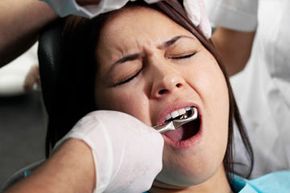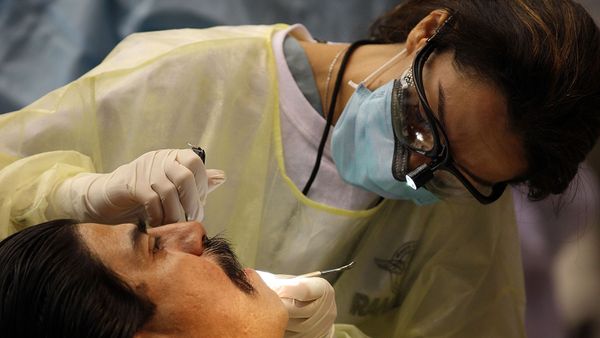Pericarditis is an inflammation of the double-layered, sac-like membrane surrounding the heart called the pericardium. That's the quick description. The root of that inflammation, however, can be exceedingly difficult to diagnose -- and exceedingly complicated in its root cause. It can also be a very thorny ailment to treat.
The primary role of the pericardium is to act as an organic buffer for the heart. The double-layered sac contains a fluid that protects the heart and major blood vessels while reducing friction between the heart and adjoining organs in the chest cavity. Problems occur when that fluid become inflamed, or the amount of fluid swells to such dangerous levels (pericardial effusion) that the pericardium is no longer effective in providing that cushion. Repeated bouts of pericarditis can also thicken the membrane, resulting in a less-elastic sheath, which will adversely affect the heart's ability to pump normally.
Advertisement
The causes of pericarditis are legion, and many are never fully diagnosed. Many cases are rooted in viral, bacterial or fungal infection. However, other causes can include heart attack, kidney failure, tuberculosis, cancer treatment (a potential byproduct of radiation), traumatic chest injury, AIDS and other autoimmune diseases such as lupus. In some instances, certain medications can trigger a bout of pericarditis [source: Mayo Clinic].
Though the connection between dental work and pericarditis is difficult to trace, it is certainly plausible, especially in cases where an infection is determined to be the culprit. Though the overwhelming majority of dental procedures -- even the most invasive operations -- are performed without complication, they aren't immune to the potential of infection. As with any surgery, infection can set in during surgery, or post-op. Patients need to be vigilant of any discomfort they have post surgery and closely monitor those aches and pains.
Even the symptoms of pericarditis can be confusing and difficult to diagnose. Chief among symptoms is chest discomfort, ranging from a dull ache to a sharp pain, which can result from the pericardium membrane rubbing against the outer layer of the heart. Easily confused with angina -- a condition that results from inadequate blood flow to the heart but heals quickly with rest -- pericarditis is characterized by a more persistent chest pain.
Other symptoms can include any one (or a combination) of the following: spreading pain in the shoulder area, muscle aches, swelling in your extremities, low-grade fever, exhaustion and coughing [source: WebMD].
Advertisement


